Welcoming you to Cu Lao Dung, located at the end of the Hau River, where the water flows into the estuaries: Tran De (Soc Trang), Dinh An (Tra Vinh) and Ba Thac (Bassac, Soc Trang). I was fortunate to have been to Cu Lao Dung with a familiar feeling and also many new things. That time, Dr. Trinh Cong Ly, Chairman of the Soc Trang Province Historical Science Association, confided: "The 9 estuaries of the Mekong River that people often mention, are actually not complete. Like in Cu Lao Dung, Ba Thac estuary only has faint traces and is almost difficult to recognize".
That time, we were treated to a hotpot of sour fish cooked with Cu Lao Dung mangrove fruit, which had an indescribable delicious taste, along with the introduction: "In Cu Lao Dung, mangrove trees and mangrove fruits are considered the quintessence, the most proud products". The new lands following the tides appear and disappear in the green eyes of mangrove forests and mangrove forests; the voices, smiles, and sincere eyes of the islanders, I felt very familiar, very loving and very close to my hometown Ca Mau .
Friends from Cu Lao Dung experience the rustic life of U Minh Ha cajuput forest.
In the conversation with you, in the middle of the great U Minh Ha forest, the topic of cajuput trees keeps coming back and forth. In the Mekong Delta, cajuput trees grow everywhere, from Tra Su ( An Giang ), Tram Chim (Dong Thap) or this U Minh Ha area, cajuput trees are not strange at all. We do not know where cajuput trees first grew, but we agree that wherever there are cajuput forests, that place is rich and beautiful, both literally and figuratively. If we say as our ancestors said, "fish sauce first, mangrove later, cajuput trees follow closely", then wherever there are cajuput trees, cajuput forests, that place has become familiar, has become ideal for long-term settlement and work. It is like the journey, the mindset of nature and people in the South: chasing away salt, settling alum, preserving sweetness for the land, for life and for the soul.
I am proud to introduce to you that Ca Mau people have two original occupations: first, clearing forests, second, stabbing river gods. In today’s parlance, cajuput forests are the first “model” of livelihood, the “start-up” occupation of the residents. Accordingly, honey and beeswax are also considered the first “brand” of agricultural products of Ca Mau. Until now (and in the distant future, perhaps forever), that is still true, still vividly present in Ca Mau.
My friend and I visited the community-based ecotourism site (homestay) Muoi Ngọt, Khanh Binh Tay Bac commune, Tran Van Thoi district. We heard the story of Mr. Muoi Ngọt's love for the cajuput forest, leaving Cai Nuoc to follow the red water region. Mr. Muoi passed on that love to his son, Mr. Pham Duy Khanh, to care for and cherish 60 hectares of cajuput forest. Leeches bit him until he bled red, mosquitoes swarmed his face, but when the first cajuput season bloomed, he and his son smiled with satisfaction when they were rewarded with the sweet gold.
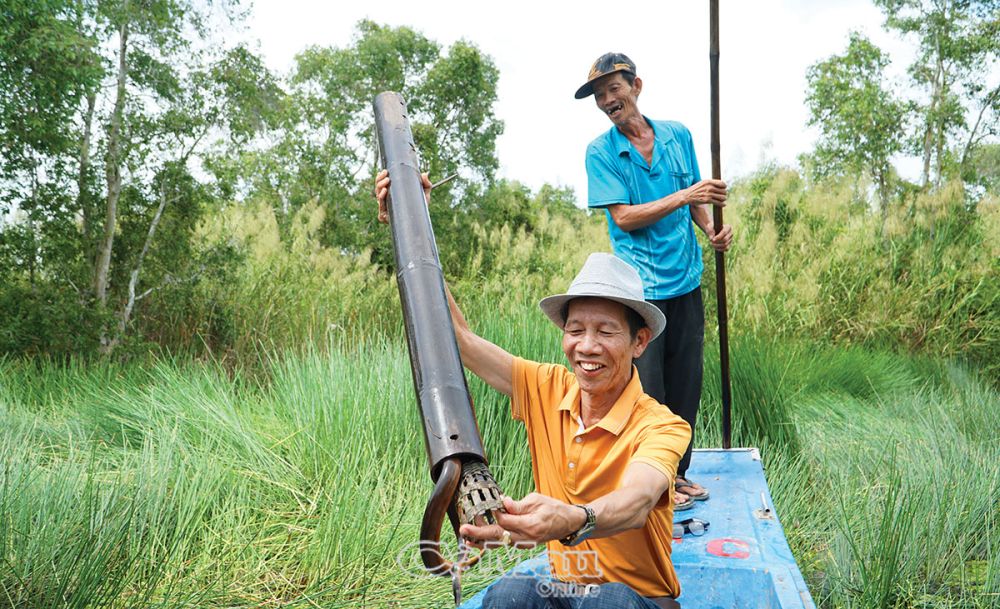
Just a few bamboo frames, nets wrapped around, simple and easy to make nets, are the livelihood of the people of U Minh Ha.
The sweet vọng cổ melody echoes in the forest night, outside the cajuput flowers are fragrant with the sky and earth, and here, the love of people and the wine are intoxicating. Grilled snakehead fish meat wrapped with silk shoots of the rainy season, dipped in salt and chili, you say with emotion that it has been more than 10 years since you have enjoyed it again. The fish sauce hotpot, with all kinds of rustic vegetables to eat with it: coconut vegetables, mac vegetables, lotus flowers, water mimosa, water fern... makes you excitedly say: "This dish has all the soul, flavor, and affection of the South". The plate of stir-fried cajeput leaves with field mice, you don't dare to take too much for fear of it running out quickly... And the drinking session surrounded by cajuput trees, the funny saying when the "Ca - Soc" brothers meet, you and I, everyone wants it to last forever, until the moment above, the moon lifts the clouds and drifts away to this side of the new day...
Love of U Minh Ha countryside through grilled snakehead fish with cajuput charcoal.
You probably haven't forgotten that day, meeting two U Minh Ha farmers who were cleaning grass and ditches for Mr. Muoi Ngọt's family. The two men wore shorts and alum shirts, their hands and feet were wet, they drank a glass of wine to get acquainted with the guests and joked: "Oh my god, it's been so long since we last met, more than 60 years." In the flaps of the two farmers' shirts, there were young, fresh water spinach shoots, a few thick stalks of watercress, with generous, honest smiles contributing to the meal and participation. You were also excited to take off your shirt, take off the entanglements of life, lie down on the wet wild grass, breathe in a clear chest, full of the scent of Ca Mau cajuput.
A little love from U Minh Ha to you, with a drop of golden honey, which you have heard the writer Nguyen Tuan calculate: "The drop of honey that is made is the result of 2,700,000 flights. And in half a liter of bottled honey, 50,000 flowers are separated. Calculated into human steps, the total flight path of that bee is 8 million kilometers" (essay "Flower Sheet" - Nguyen Tuan). But in Ca Mau, it is a little different, not needing 50,000 flowers, only cajuput flowers are enough to crystallize into the best quality honey. It is not just pride, but you should try it yourself with all the tips on google or folk experience, with all your senses and heart, you will believe that it is true.
This morning, you returned to the island, cherishing in your heart an unwritten poem. I did not have time to tell you something else, also about U Minh Ha and the cajuput forest, the gist of which was once said by "the most Southern of Southerners" - Son Nam: When you first arrive in this land, you are happy, when you stay for a long time, you are sad, when you go far away, you miss it...
Notes by Pham Quoc Rin
Source: https://baocamau.vn/chut-tinh-u-minh-ha-a29695.html


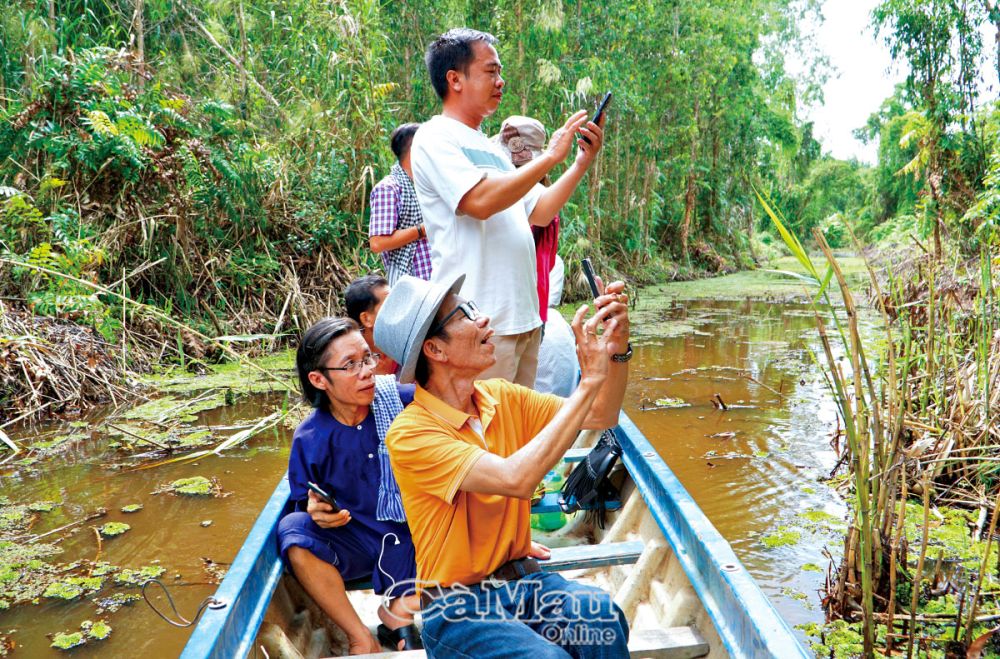
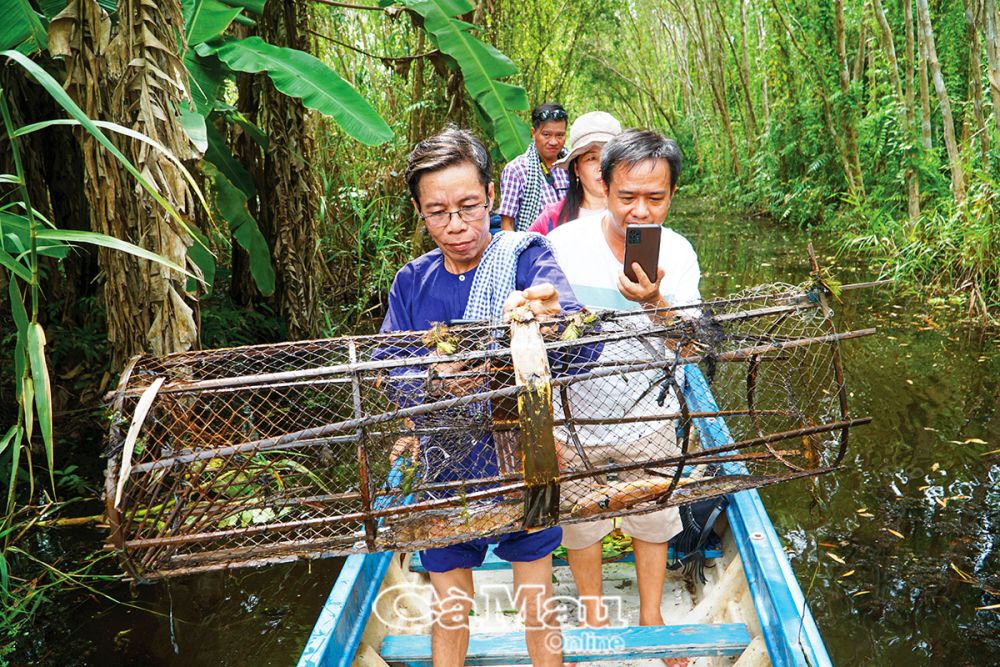
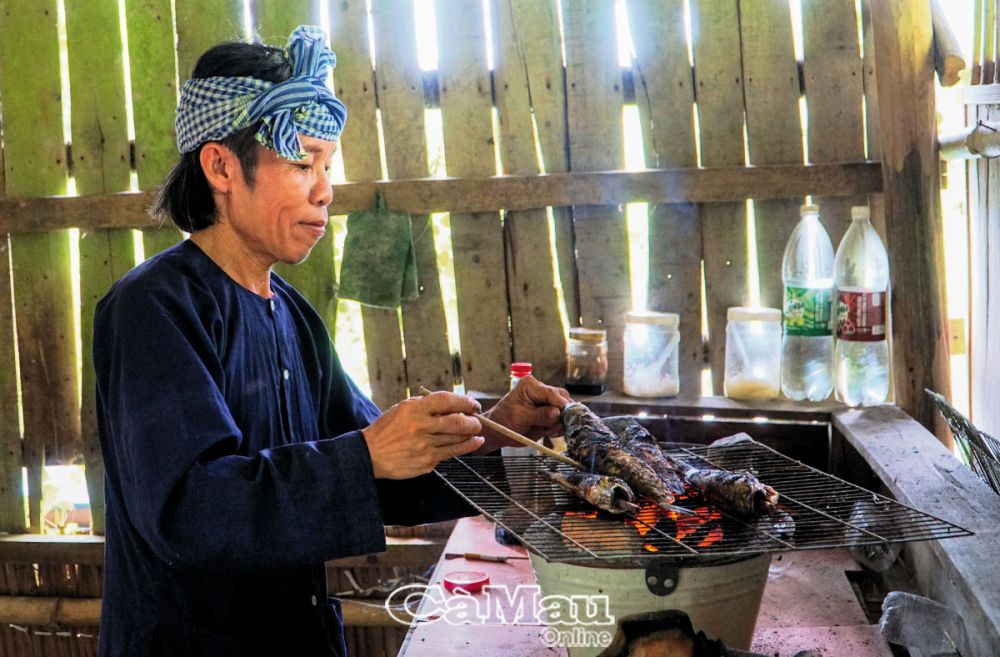





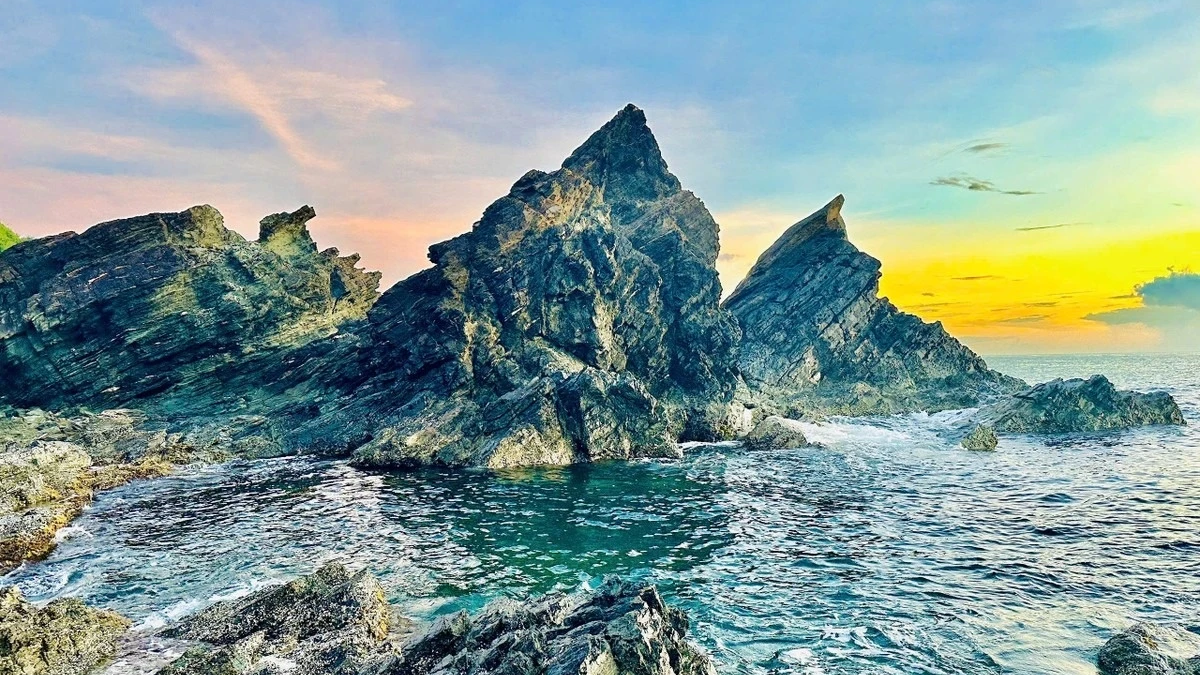




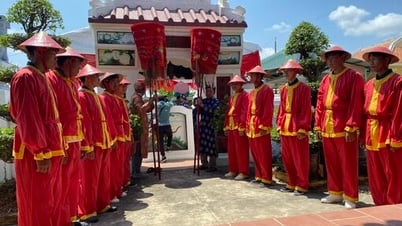

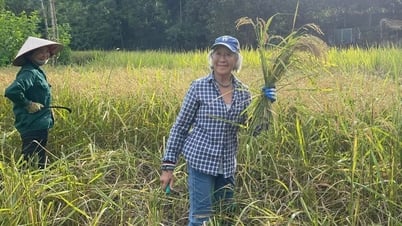



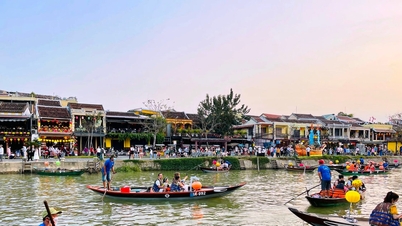




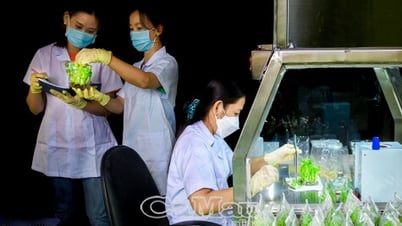

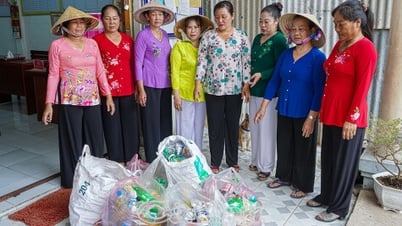

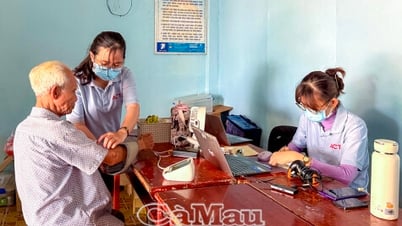















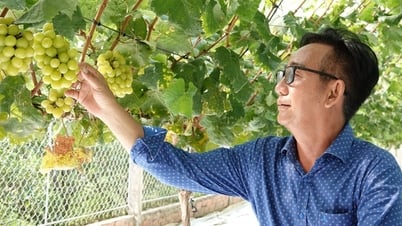






















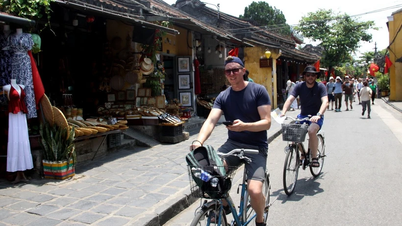






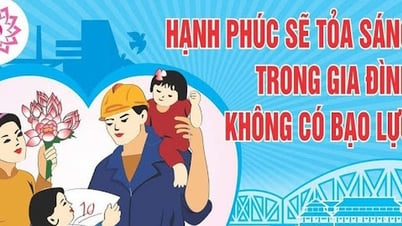





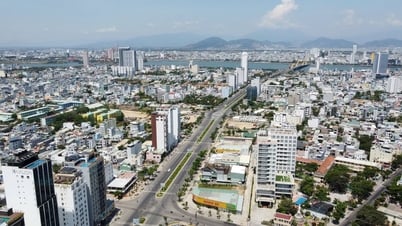







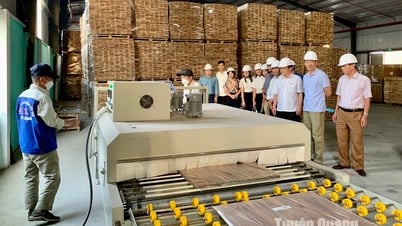













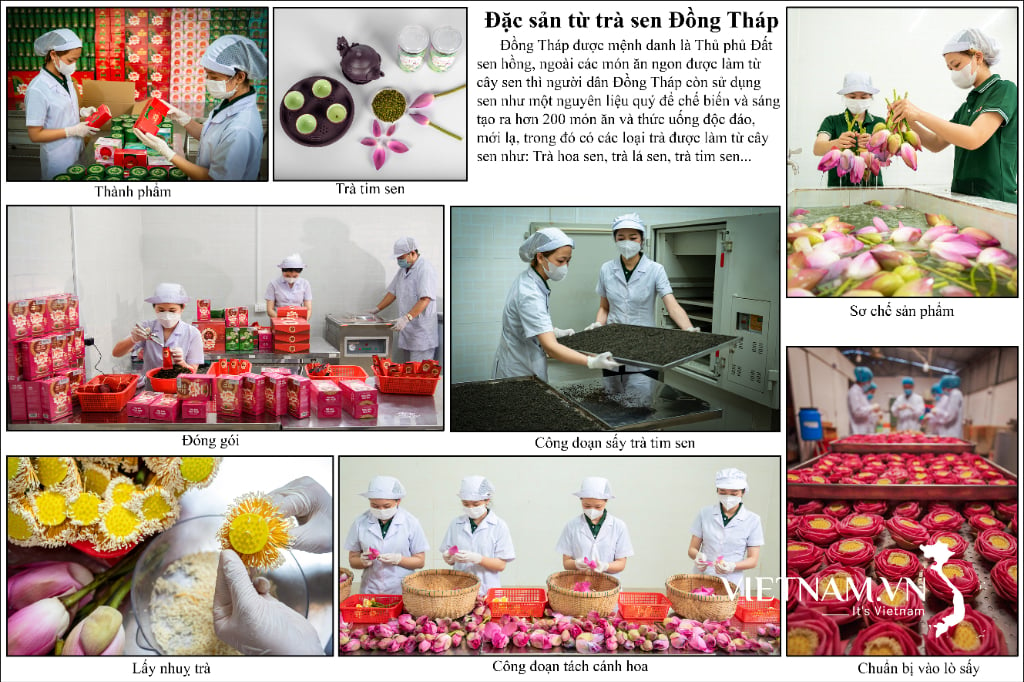
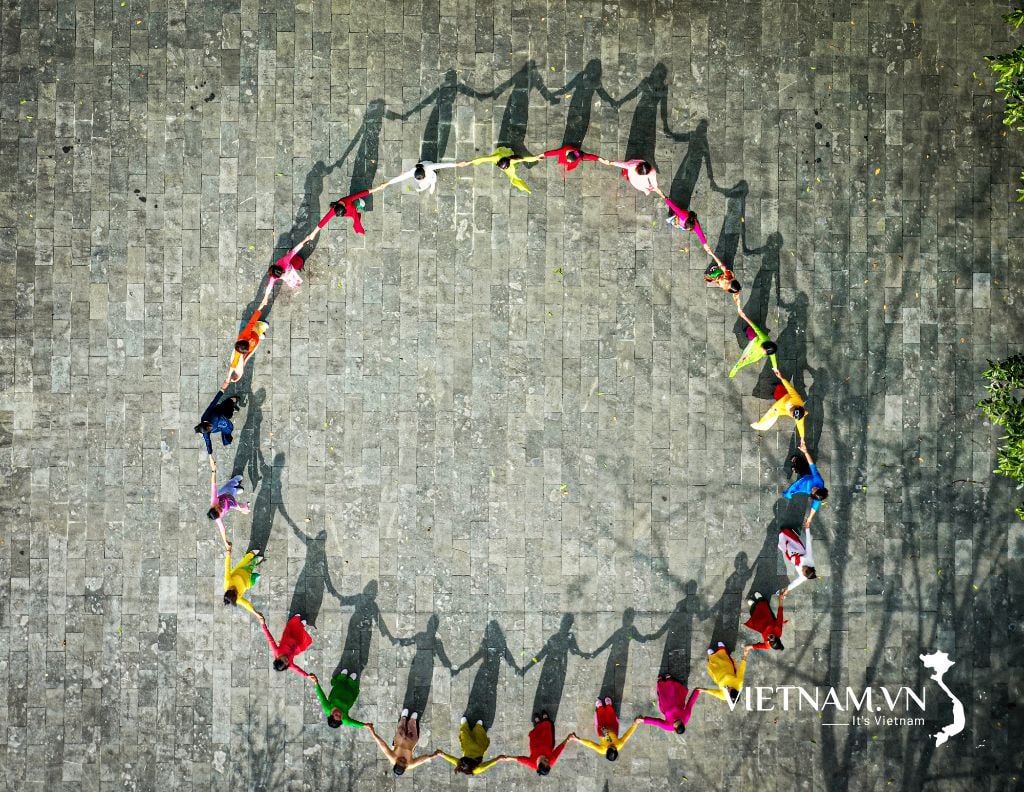

Comment (0)